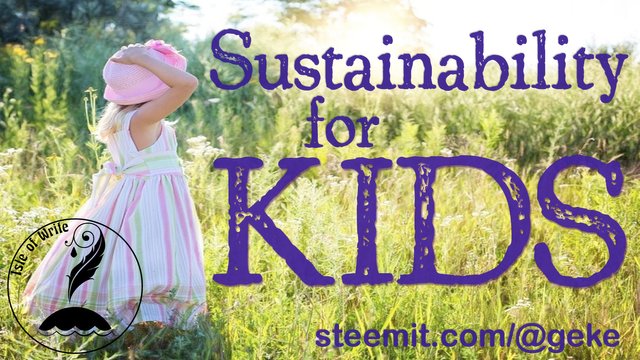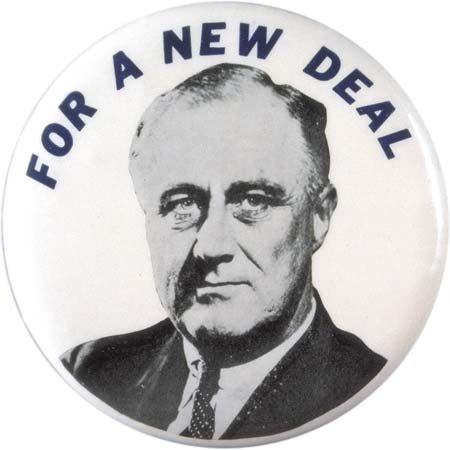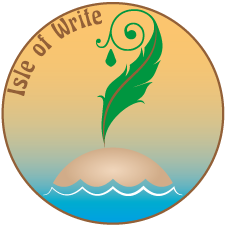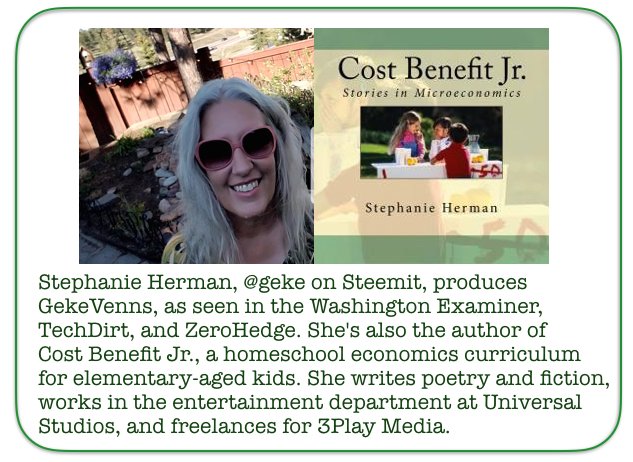Sustainability for Kids: big business

are posted here: Part 1 | Part 2 | Part 3 | Part 4 | Part 5 | Part 6
The advice Keynes gave FDR after the Depression was to get the government spending, too. The president found many ways to increase government spending in his recovery plan, the New Deal. This expansive project was described as containing the three economic Rs: relief for the unemployed, recovery for the economy, and reform of the banking industry. For the purposes of our exploration into how we got to our current levels of unsustainable consumerism, we're going to look at the the first two Rs of the New Deal, relief and recovery, because those involved greater and greater levels of spending.
The New Deal created several government agencies that managed a series of public works projects. As mentioned earlier, these projects didn't just put people to work. They also increased the consumption of specific products and resources, depending on the the nature of the project.
New Deal Projects

The Federal Emergency Relief Administration sent funding to the states to create new unskilled government jobs. The states then hired unemployed people to fill those jobs. The FERA also created some skilled construction jobs under the Civil Works Administration for laying and resurfacing roads, building improvements, laying sewer pipe, and repairing bridges.
The Civilian Conservation Corps was a work relief program for unmarried men, aged 17 to 28. The manual labor jobs it created focused on the development and conservation of natural resources in rural areas. The CCC gave these men shelter, food, clothing, and a small wage in exchange for their work. They planted trees, controlled erosion, and built trails, outhouses, and lodges in state parks. Later, their jobs included disaster relief after hurricanes or floods.
The Public Works Administration was a construction project building dams, bridges, highways, schools, hospitals, airports, and public housing. This agency also funded the building of major warships for the US Navy. The PWA hired private construction firms to do this work.
The Works Progress Administration was similar to the Public Works Administration, except it hired laborers to work for the government. They also built roads, schools, and infrastructure. But this agency also employed people in the arts: musicians, writers, artists, actors, and directors under the Federal Theatre Project and the Federal Writers Project.
The Resettlement Administration relocated poor families from urban and rural areas into government-planned communities. When that project largely failed, the focus turned to moving Dust Bowl refugees into relief camps.
As you can imagine, these many projects required the government to spend billions of dollars, and that spending is exactly what Keynes was recommending to FDR.
But another agency created by the New Deal, the National Recovery Administration had a completely different focus. Its goal was to stop “destructive” competition between businesses and to set prices artificially high. Because it created legislation empowering labor unions, the NRA was popular with workers, but its benefits went primarily to the corporations their unions were fighting against.
Many criticized the NRA as a system of business cartels, now allowed and encouraged by the government to collude, create monopolies, and charge higher prices. Industries that drew up “fair practice codes” that were accepted by the government could enjoy a suspension of anti-trust laws, which were laws designed to prevent monopolies.
You might think that in an economic crisis, the government would want to keep prices low to help the poor afford essential goods. But that's not what Keynes and other economic advisors recommended to FDR. They believed that competition was bad for the economy because it lowered prices, but if prices were kept high, the result would be higher wages and higher consumer spending.
Ultimately, keeping prices high was an attempt to increase corporate profits, and for this reason the New Deal is seen as a driving force behind big business getting even bigger. The NRA was eventually declared unconstitutional by the Supreme Court, but its damage was already done.
The NRA and its effect on big business is one example of the New Deal's harmful effects on sustainability. But there was another New Deal project involving agriculture that would affect sustainability even more. We'll explore that project next time.
This article is one of a series I'm writing for the 30 Day Writing Challenge hosted by @dragosroua. If you want to join, write on a topic that interests you or that you'd like to learn more about and use the tag #challenge30days. As Dragos says, "The key word sequence here is: "write every day."
Interested in a relaxed place
to kick back and chill
with other writers and creative types?
Check out The Isle of Write by clicking below!

cover art created with a pixabay.com image ]

It is also a cultural evolution.
Man, we are in quite a mess! A wasteful and completely unsustainable one, yet our entire economy is dependent on it. I wish there were a reset plan.
Thanks for the important information!!!!
intersting post....thanks for sharing us...
@resteem
Great info! upvoted, resteemed & following
Great post . I like this post https://www.google.com/search?q=great+gif&client=firefox-b&tbm=isch&tbo=u&source=univ&sa=X&ved=0ahUKEwjUpty2usbYAhXFMY8KHa7DCUEQsAQIKQ#imgrc=nWoTVKpmh3uiIM: